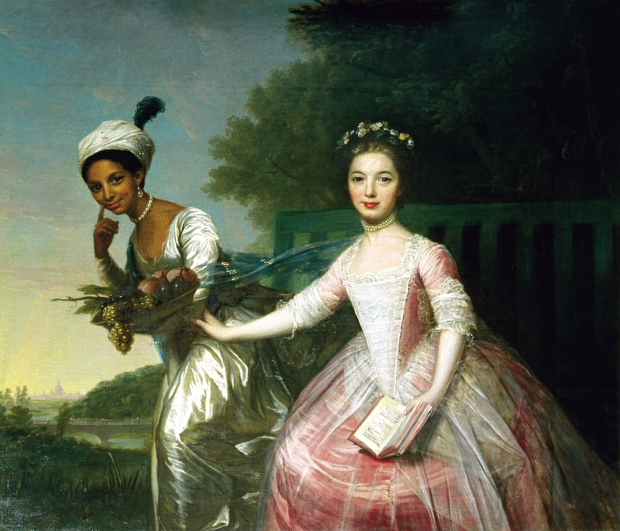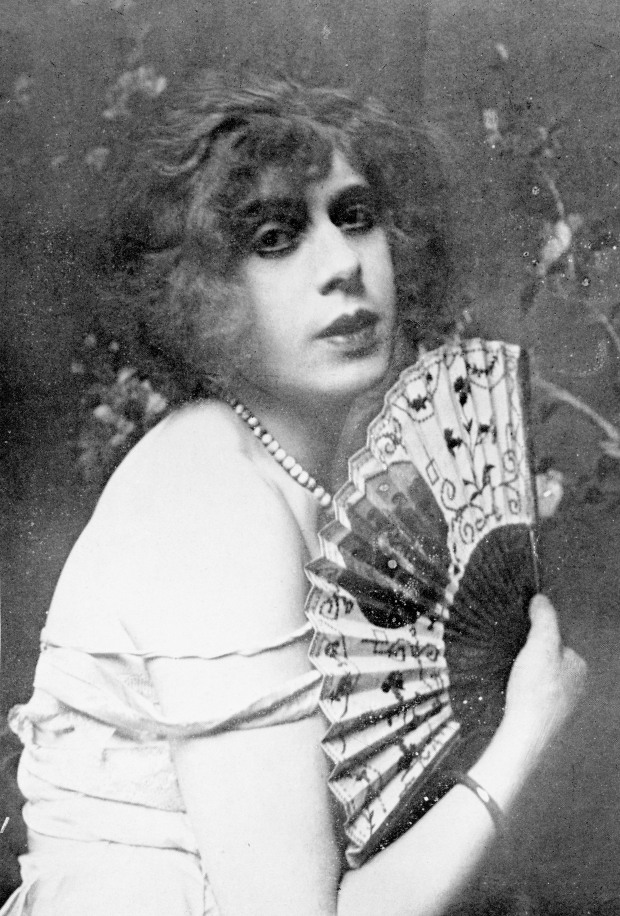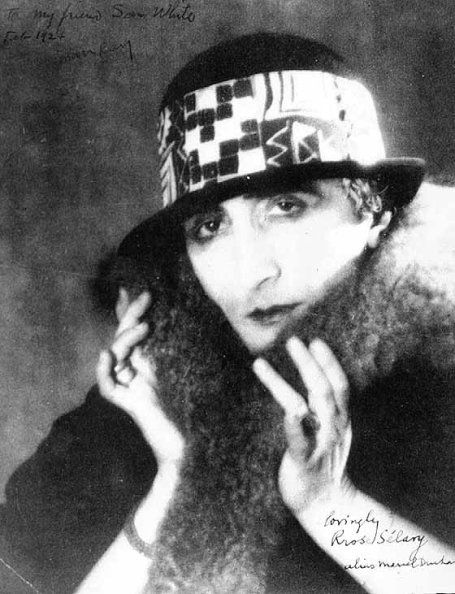Gillian Rose: Visual Methodologies Questions

Zoffany, Johann. Portrait of Dido Elizabeth Belle Lindsay and Her Cousin Lady Elizabeth Murray. 1778. Oil on Canvas. Kenwood House, Scotland.
Some questions about the production of an image:
When was it made?
The painting was completed in 1779.
Who made it?
The painter attributed to the painting is Johann Zoffany but it is possible he is not the painter. Any other possible painters are unknown.
Was it made for someone else?
The Earl and Countess of Mansfield had commissioned the painting from Zoffany, portraying their nieces. Noble/aristocratic families had commissioned paintings of family members, which was the norm at the time.
What were the social identities of the maker, the owner, and the subject of the image?
Zoffany was a German Neoclassical painter, born of Bohemian origin. The owner(s), the Murray family, are from the aristocratic class. Elizabeth Dido Belle and her cousin, Elizabeth Murray, are also from the aristocratic class.
Some questions about the image:
What is being shown? What are the components of the image? How are they arranged?
What is shown is the ladies Elizabeth Dido Belle and Elizabeth Murray. They are composed side by side together (showing them as near equals), with Elizabeth on the right, reaching out to her cousin. They are placed in an outdoor background, possibly a garden on the estate.
Is it one of a series?
No
Where is the viewers eye drawn to in the image and why?
My eyes are drawn towards Dido; she is a stark contrast to her cousin on the right and her expression/gaze is very direct. Paintings of the time had black people as “accessories”, gazing up onto the white protagonist. This was a symbol of power; however Dido is on equal footing with her cousin in the painting and her gaze is directed towards the viewer.
What are the genre(s) of the image? Is it a documentary, soap opera, or melodrama for example?
It is a documentary, portrait and family painting.
Some questions about audiencing:
Who are the original audiences for this image?
The family of the subjects and guests.
How is it circulated?
In print media, and the internet.
How is it re-displayed?
The painting was previously housed in Scone Palace, Scotlan. It is now housed in Kenwood House, with information about the paintings subjects, as of 2007.
Who are the more recent audiences for this text?
Anyone interested in British history, abolition of Slavery in Britain or those who visit Kenwood House.
Is more than one interpretation of this image possible?
Yes, I believe so.












